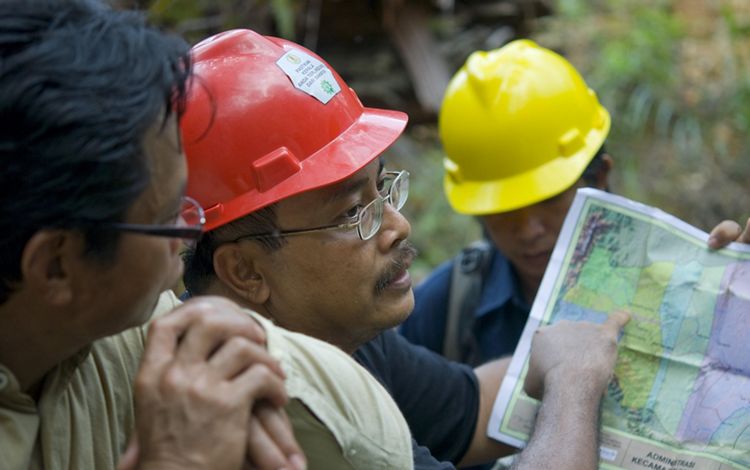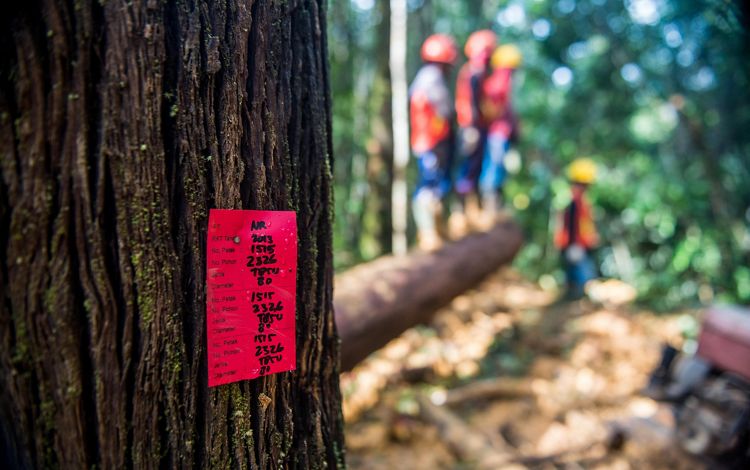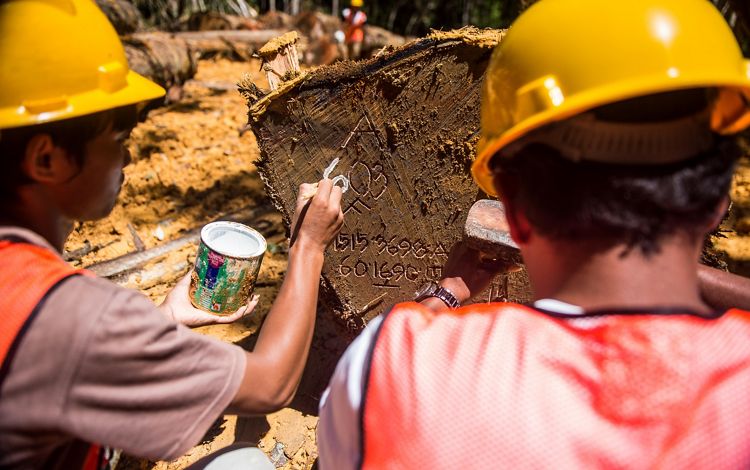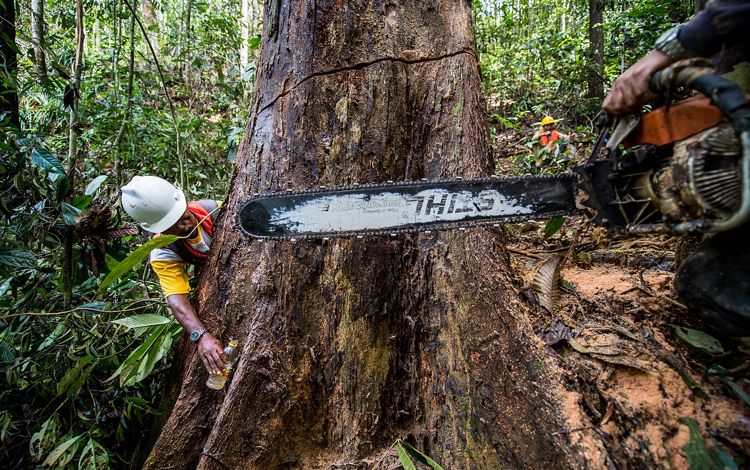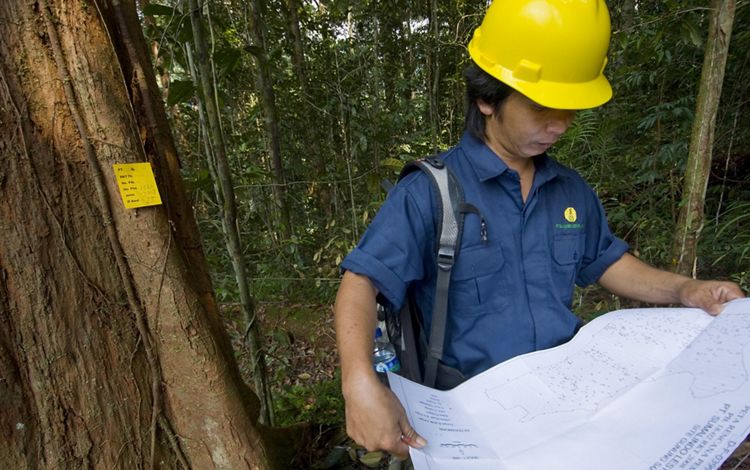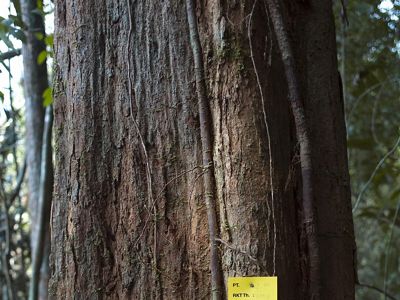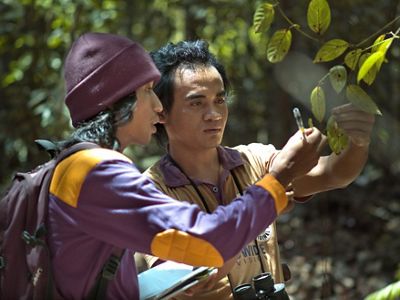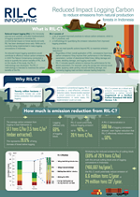RIL-C (Reduce Impact Logging)
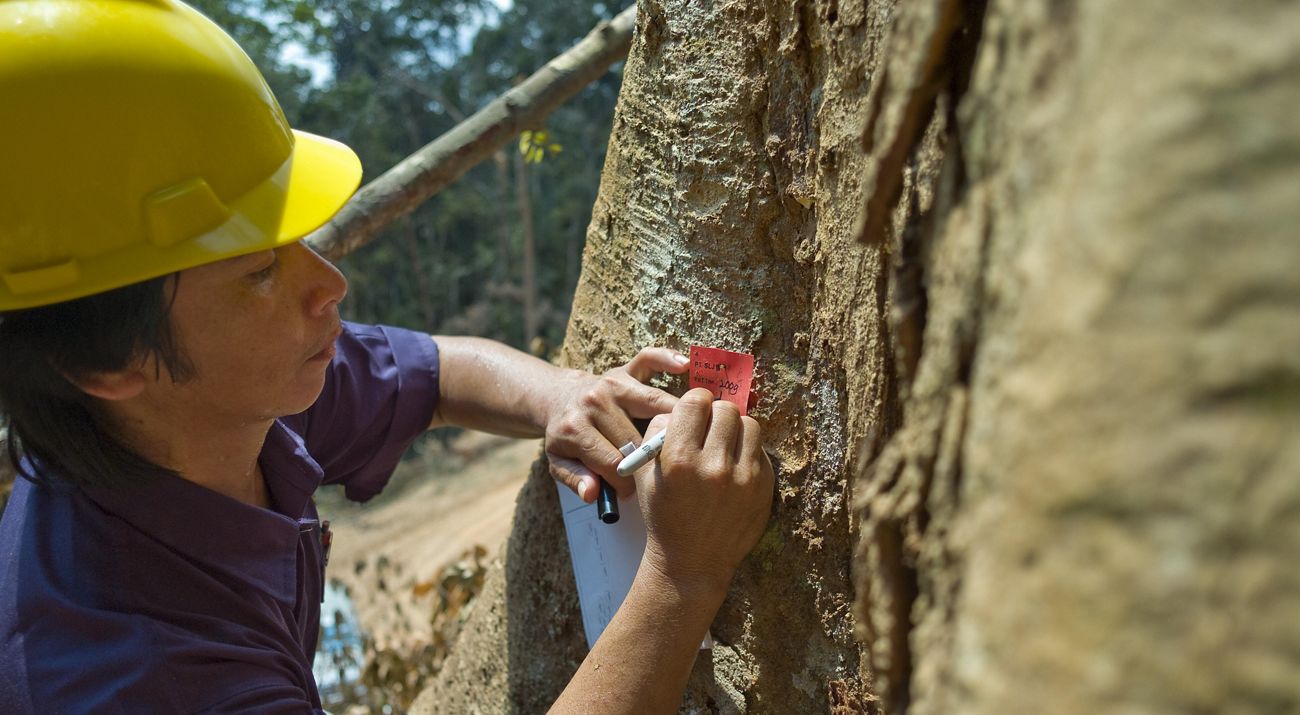
A study led by The Nature Conservancy (TNC) and Princeton University
indicates that inactive forest concessions face a higher risk of deforestation than active concessions. The forest loss is due to the encroachment on concessions when forest companies are not on site.
YKAN and TNC will help active timber industry concessions adopt multi-forest-business approaches and implement reduced-impact logging practices. "Reduced-impact logging for climate change mitigation," also known as RIL-C, is conducted through meticulous planning and control to minimize environmental impacts on forests and soil.
To illustrate, the average carbon emission for logging in East Kalimantan is 51.1 tons C/ha (1.5 tons C/m3 for every log). This figure represents 20.6% of the total number of living trees in the forest before logging commenced. Reduced Impact Logging, or RIL-C,has the potential to mitigate permanent emissions by up to 40% and contribute at least 13% to the total emission reduction target.
Download
Quote
YKAN and TNC will help active timber industry concessions adopt multi-forest-business approaches and implement reduced-impact logging practices.
